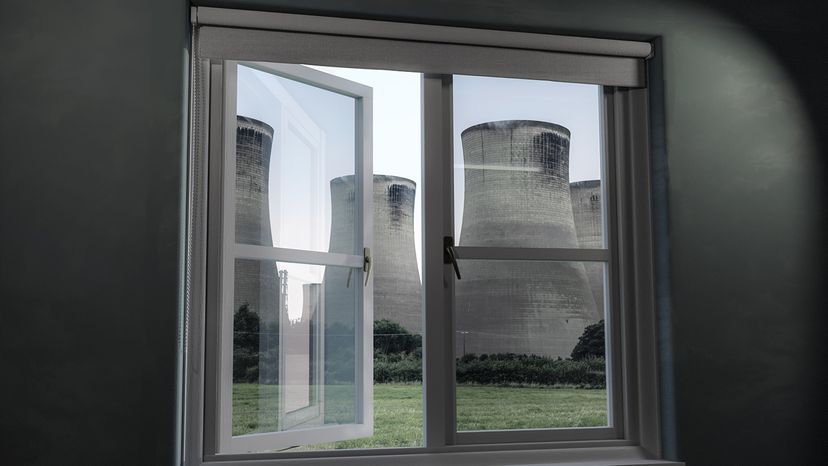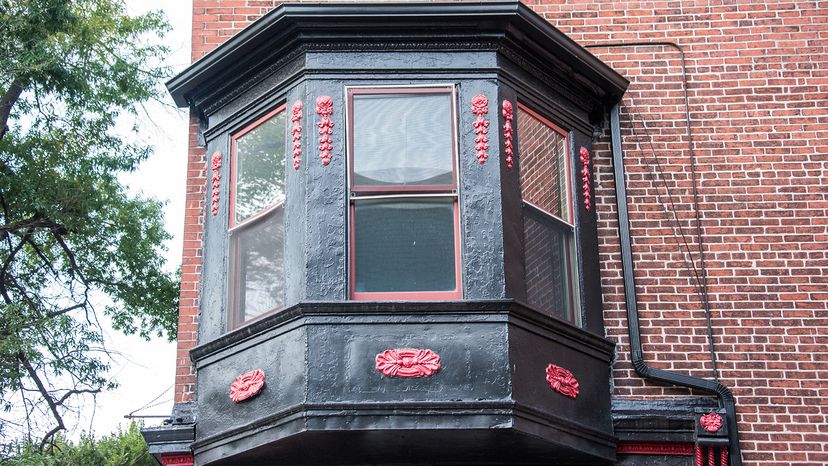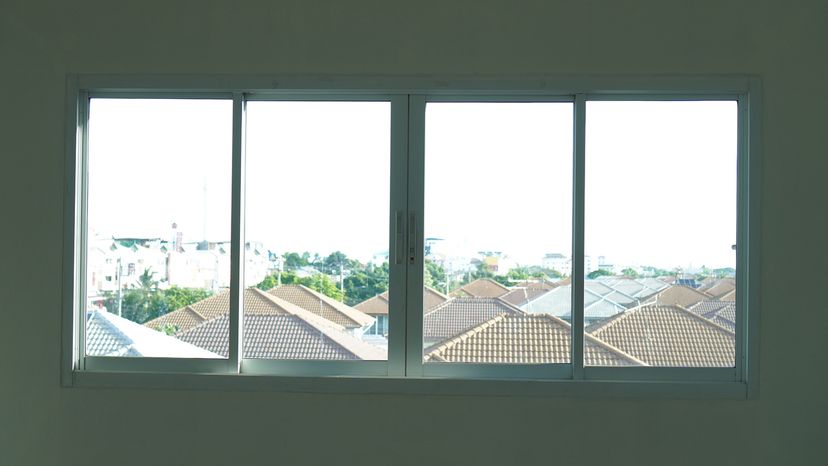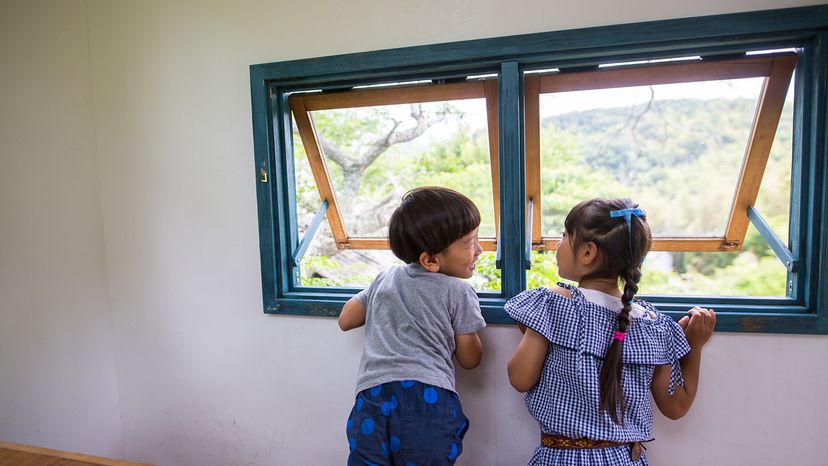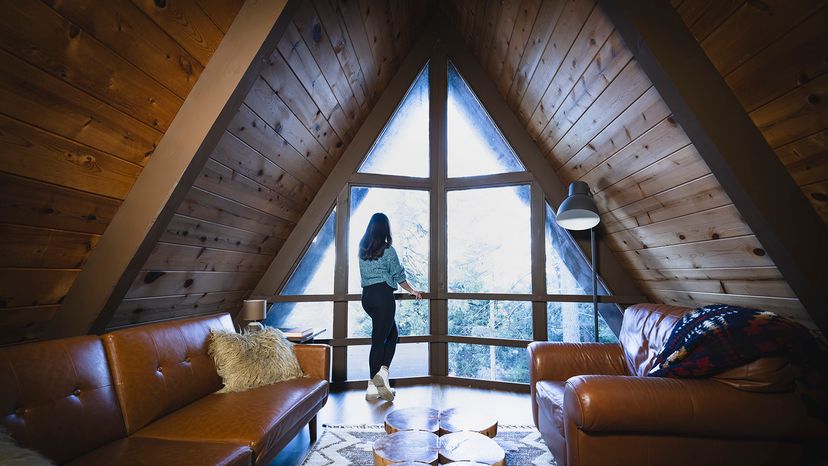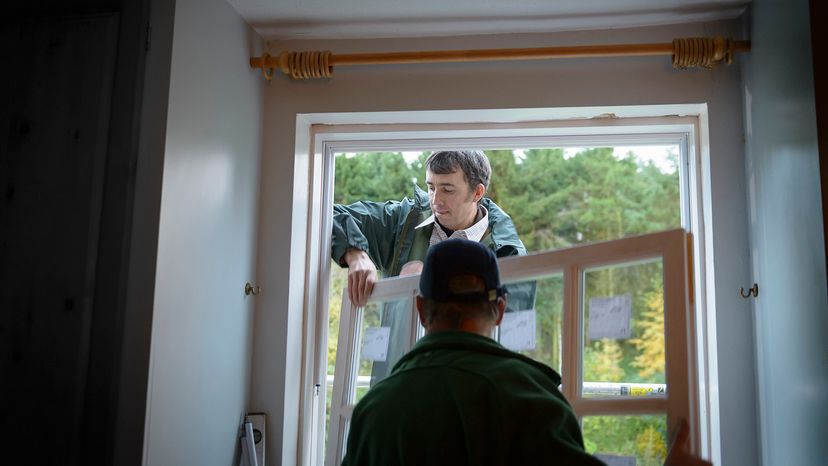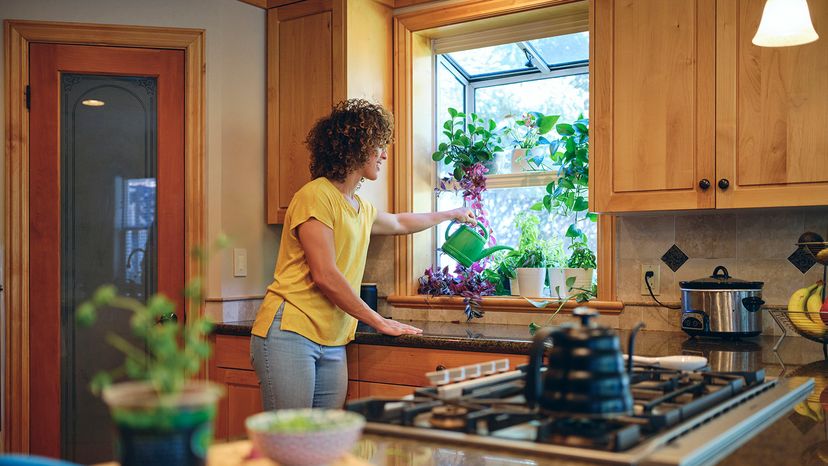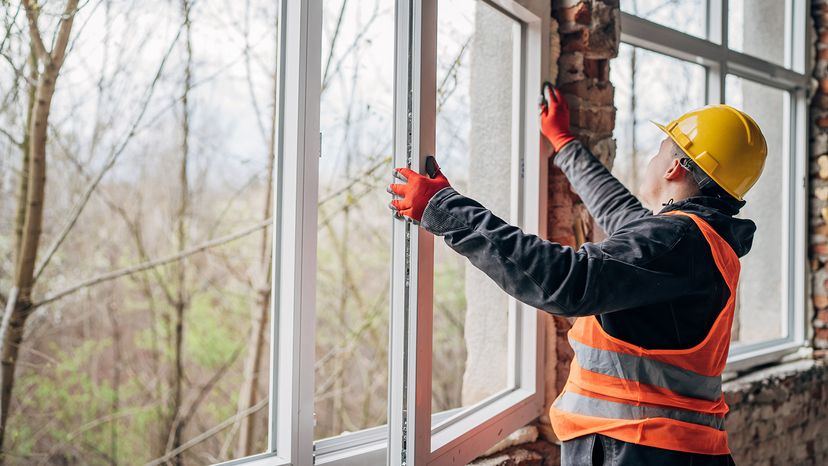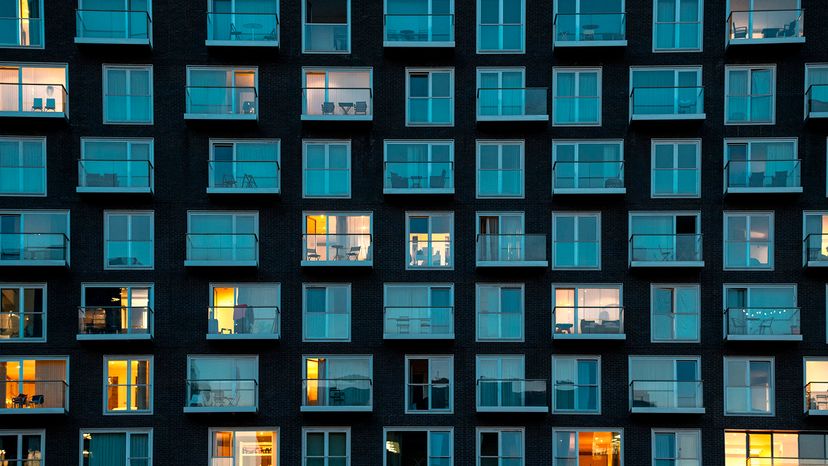
Different types of windows do a lot more than let us see outside. They brighten up rooms, bring in fresh air and help regulate temperature.
Choosing the right style affects not just aesthetics but energy efficiency, costs and comfort levels. Whether you're building new or replacing old windows, understanding different styles can guide you to smarter choices for heating and cooling costs, natural light and air flow.
Advertisement
Here's a rundown of some popular window types and how they work in real homes and buildings.

